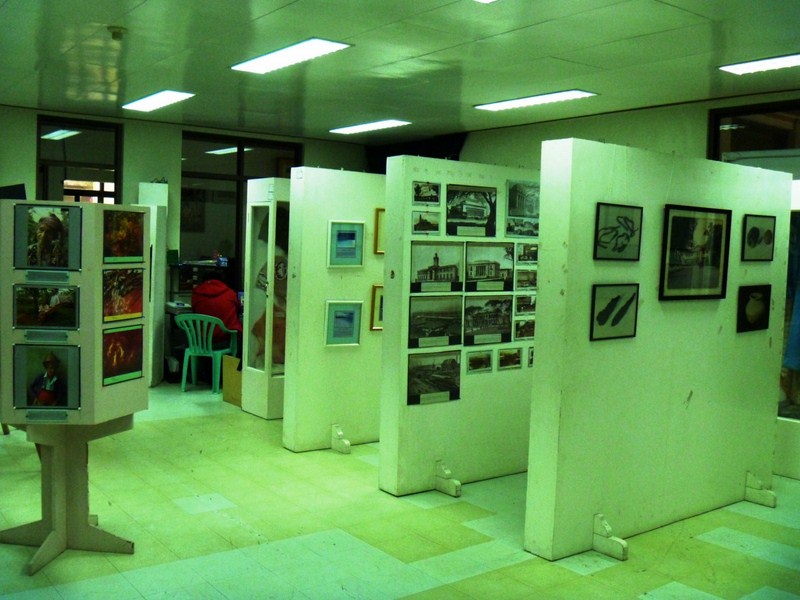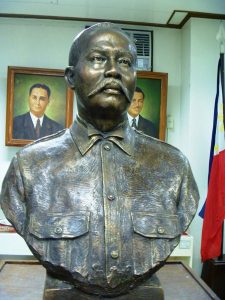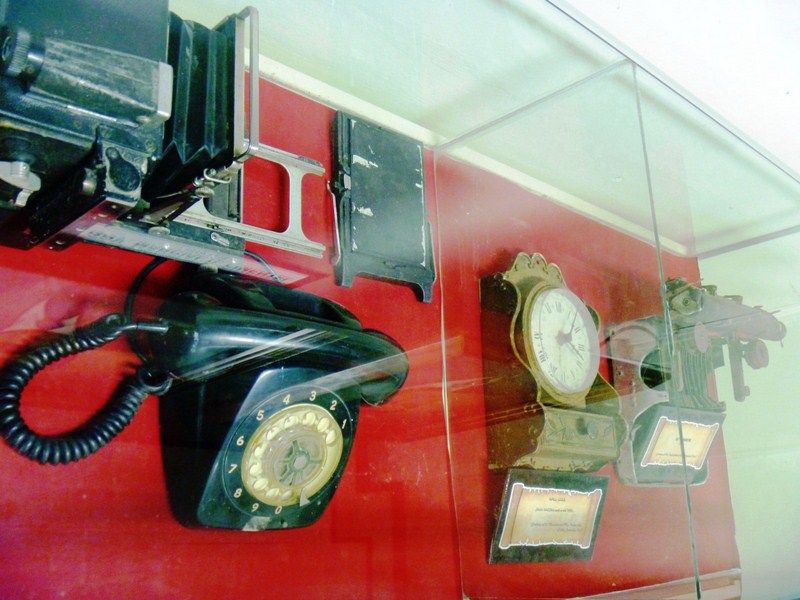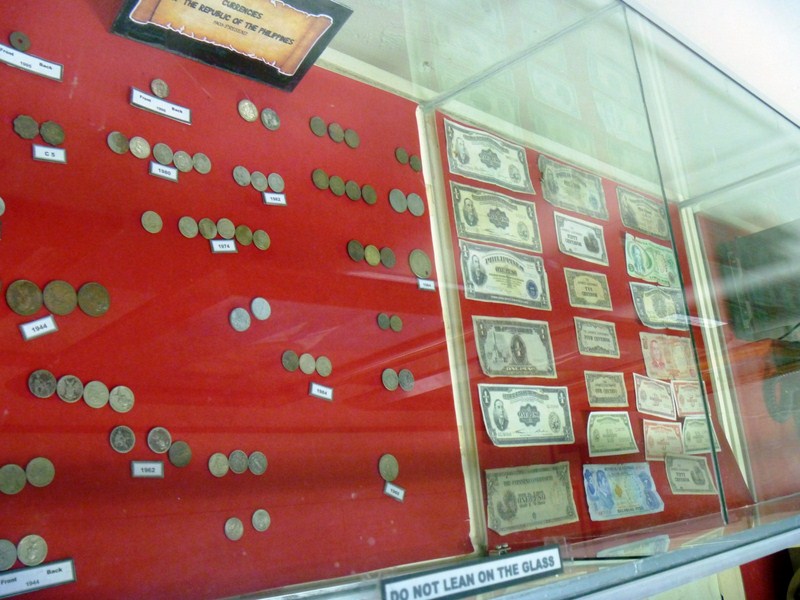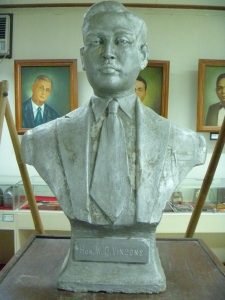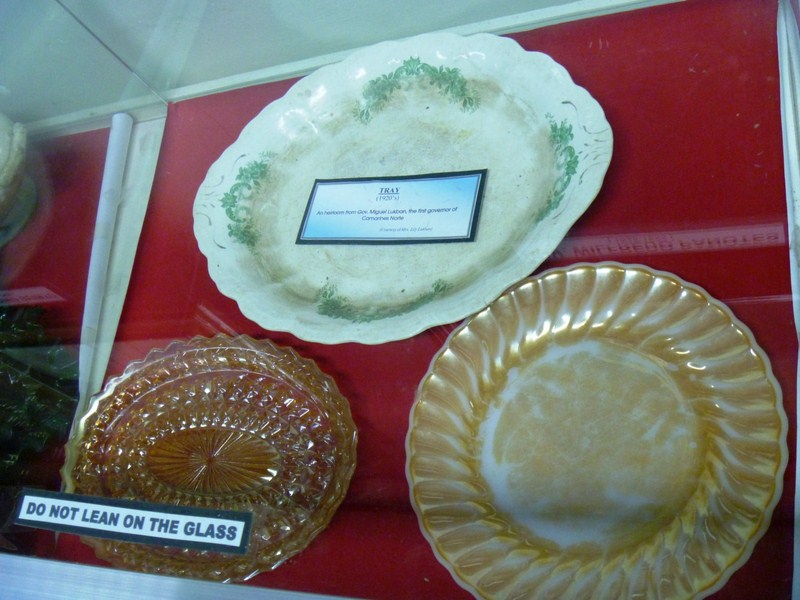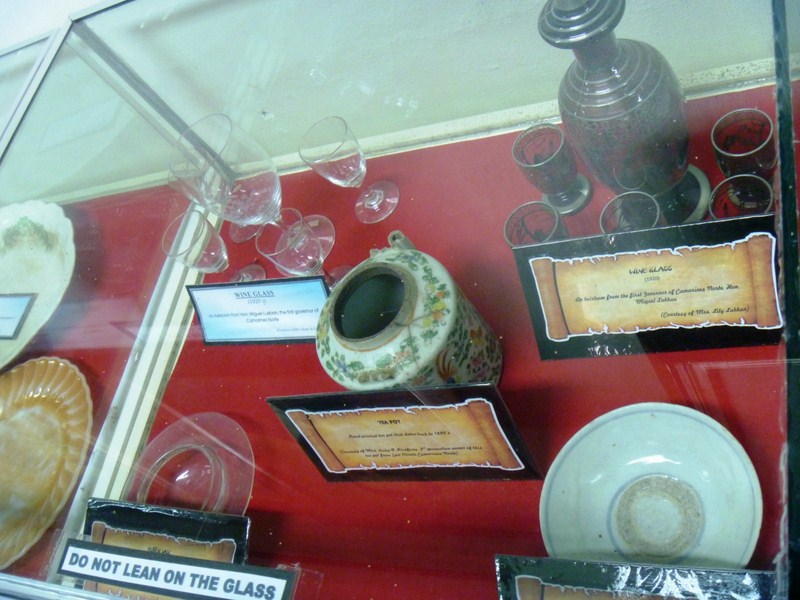| Cagayan Holiday & Leisure Resort |
After our seafood dinner at Gonzaga, it was again back to our bus for a shorter (40-km.) drive to Cagayan Export Zone Authority in Centro in Sta. Ana and it was already 8 PM when we arrived at the upscale Cagayan Holiday and Leisure Resort (also called Sun City Hotel and Casino) where we were to call it a day. I wasn’t expecting anything bordering on the luxurious in this part of the country but boy was I surprised. Upon entering the resort’s gate, I thought I was in a classy resort the likes of which can only be found in Hong Kong, Las Vegas, Reno or Macau. Well for one, the 7-hectare Cagayan Holiday & Leisure Resort is the first and the only high-end resort in northern part of the Philippines that offers complete world-class facilities and amenities.
| The online gaming Casino |
This PhP400 million (HK$ 70 million) resort, a subsidiary of the Sun International Group Ltd., was ormerly opened only to high-rolling Chinese nationals from the mainland, Hong Kong, Macau and Taiwan but this Cagayan Economic Zone Authority-operated resort will soon be opening its doors to locals with us in media being the first to try out its world-class facilities.
| One of the resort’s F&B outlets |
Upon arrival at the resort, we first checked out the online gaming casino before proceeding to the restaurant where we were warmly welcomed by Sta. Ana town mayor Darwin A. Tobias. Also prepared for us was a gourmet dinner with delicious cream of mushroom soup, barbecued chicken lollipop, sweet ham, fish fillet and mixed vegetables which we all enjoyed.
| Bedroom with twin beds at Villa |
Gabby Malvar, Ferdz Decena and I were assigned a nearby (the others were transported to their villas via a golf cart) neat and clean Asian-inspired villa.
Check out “Resort Review: Cagayan Holiday & Leisure Resort“


.jpg)
.jpg)
.jpg)

.jpg)



